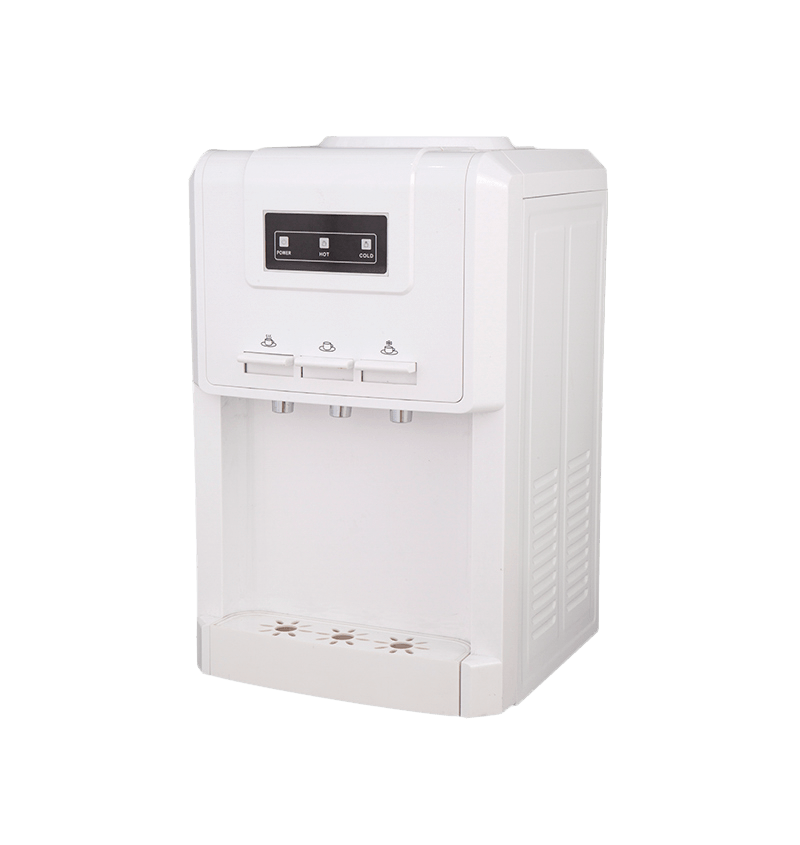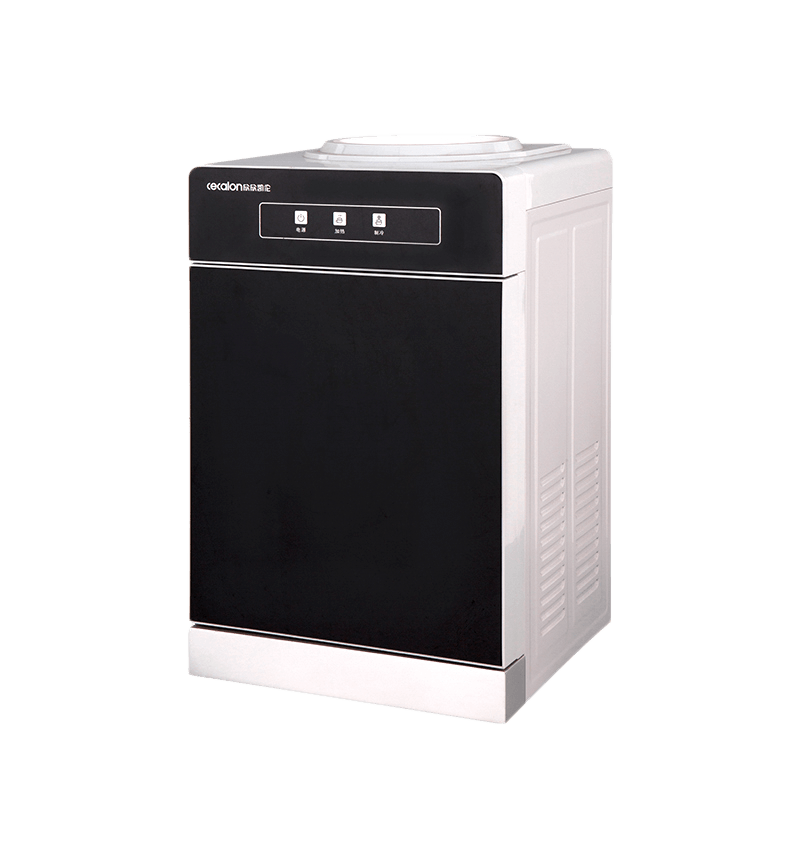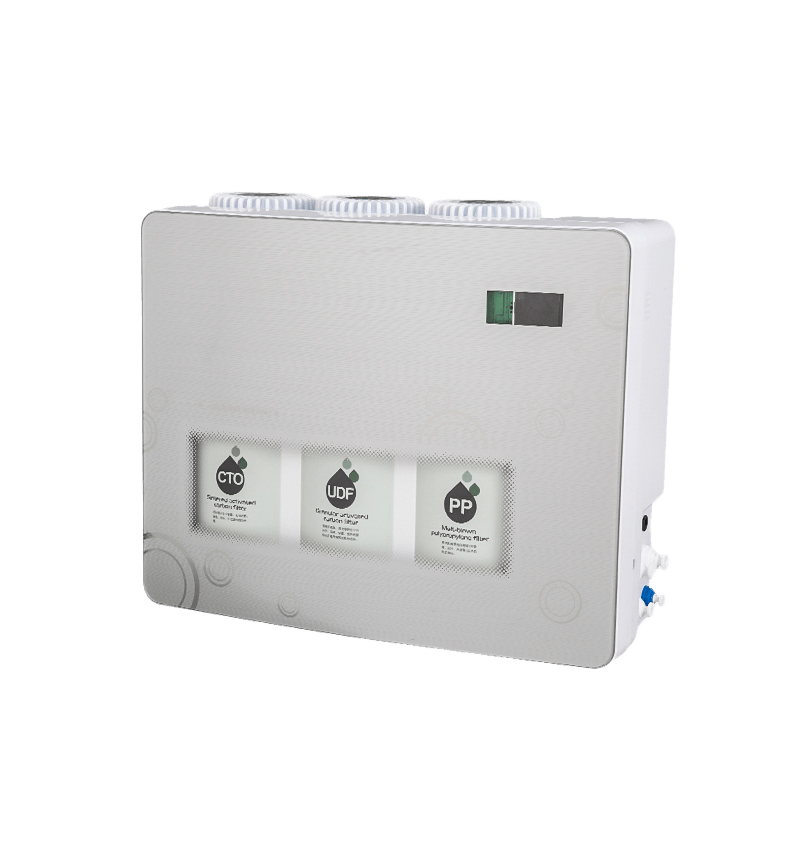Top Loading Water Dispenser Overview
Top loading water dispensers are widely used in homes, offices, and public areas for providing convenient access to drinking water. They typically accommodate large water bottles and offer a simple interface for dispensing water. The design of these dispensers can support various functionalities, including multiple water temperature options, which allow users to select hot, cold, or ambient water according to their needs. By offering different temperatures, top loading water dispensers enhance user convenience and cater to diverse requirements, from preparing hot beverages to drinking chilled water during warm weather.
Temperature Options and Functionality
Modern top loading water dispensers are often equipped with multiple temperature settings. This includes a heating function for hot water, a cooling function for cold water, and an ambient option for room-temperature water. Some models allow precise temperature control through digital interfaces, while others use separate taps for hot, cold, and ambient water. The ability to offer multiple water temperatures ensures that the dispenser meets a variety of user preferences and practical needs, making it suitable for both commercial and domestic settings.
Heating Mechanisms
The hot water function in top loading dispensers typically relies on an electric heating element. This element is designed to quickly raise water temperature to a safe and usable level, often around 90°C to 95°C. Some dispensers include thermostatic controls that maintain a consistent temperature, ensuring reliable hot water availability. Safety features such as child-lock mechanisms and insulated taps prevent accidental scalding while using the hot water function.
Cooling Mechanisms
Cold water functions in top loading dispensers utilize refrigeration technology, commonly based on a compressor or thermoelectric cooling system. Compressor-based cooling offers faster and more efficient cooling, while thermoelectric systems provide quieter operation and lower energy consumption. By maintaining chilled water at a consistent temperature, these dispensers can provide refreshing cold water even in high ambient temperatures. Some models also allow users to adjust the cooling intensity according to preference.
Ambient Water Option
In addition to hot and cold options, top loading dispensers often provide ambient or room-temperature water. This function typically bypasses both the heating and cooling mechanisms, delivering water directly from the bottle. The ambient option is useful for situations where heating or cooling is unnecessary and helps conserve energy. It also reduces wear on the heating and cooling systems by minimizing their continuous operation.
User Interface and Temperature Control
Top loading water dispensers vary in how users control temperature settings. Some units feature simple manual taps for each temperature, while others incorporate digital touch screens or buttons for precise selection. Advanced models may offer programmable settings to maintain specific temperatures for both hot and cold water. Clear indicators or LED displays help users identify the current water temperature, ensuring that they select the desired option safely and efficiently.
Safety Features Related to Temperature
Dispensers that provide multiple water temperatures include safety mechanisms to prevent accidents. Child-lock systems for hot water taps reduce the risk of burns, while insulated spouts and drip trays prevent contact with extremely hot or cold surfaces. Some dispensers also include automatic shut-off features when water reaches the desired temperature, protecting the heating or cooling elements from damage due to overheating or freezing.
Energy Efficiency Considerations
Offering multiple water temperatures requires careful management of energy consumption. Modern top loading water dispensers often employ energy-saving technologies, such as insulation for water reservoirs and energy-efficient compressors. Programmable temperature settings allow the dispenser to maintain water at a set temperature without continuously heating or cooling, reducing electricity use. This is especially important for commercial environments where the dispenser operates continuously.
Maintenance and Durability
Maintaining a top loading water dispenser with multiple temperature options involves regular cleaning of the water tank, taps, and internal components. Scale buildup can affect the performance of heating elements, while refrigerant systems may require occasional servicing to maintain cooling efficiency. Proper maintenance ensures that the dispenser continues to provide hot, cold, and ambient water reliably over time, reducing the risk of malfunction or inconsistent temperature delivery.
Comparison of Temperature Options in Top Loading Water Dispensers
| Temperature Option | Function | Mechanism | Safety Considerations |
|---|---|---|---|
| Hot Water | Provide water suitable for beverages and cooking | Electric heating element with thermostat | Child-lock, insulated spout, auto shut-off |
| Cold Water | Provide refreshing water for drinking | Compressor or thermoelectric cooling system | Insulated tap, stable refrigeration, drip tray |
| Ambient Water | Provide water at room temperature | Direct flow from bottle, bypass heating/cooling | Regular cleaning to prevent microbial growth |
Applications and User Benefits
The availability of multiple water temperatures makes top loading water dispensers suitable for a variety of environments. In offices, hot water can be used for coffee and tea, cold water for drinking, and ambient water for general use. In households, these dispensers provide flexibility for cooking, drinking, and preparing beverages. In public or commercial spaces, such as gyms or waiting areas, offering multiple temperatures enhances convenience and meets diverse user needs. The integration of safety features and energy-efficient design further supports widespread adoption.
Conclusion on Multi-Temperature Functionality
Top loading water dispensers that support multiple water temperature options combine convenience, safety, and energy efficiency. Through the use of heating and cooling mechanisms, ambient water channels, and user-friendly interfaces, these dispensers meet varied requirements for different applications. Proper maintenance, regular cleaning, and adherence to safety guidelines ensure that the dispenser continues to provide reliable hot, cold, and ambient water over the long term. Whether in commercial or domestic settings, this versatility enhances usability and meets the needs of diverse users.



 English
English عربى
عربى Português
Português Español
Español








